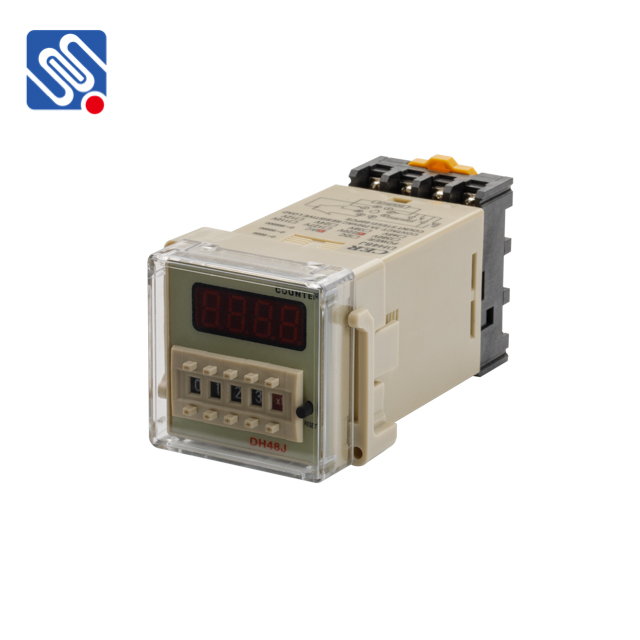understanding relay voltage: how it works and its importance
Release time:2025-09-13 00:36:01
Relays are critical components in many electrical and electronic systems. These devices are used to control a high-power circuit with a low-power signal, acting as a switch that allows or interrupts the flow of electricity. One of the most important parameters to understand when working with relays is the relay voltage. Relay voltage refers to the voltage required to activate or trigger a relay, enabling it to perform its switching function. In this article, we will explore what relay voltage is, how it works, and why it is important in electrical circuits.

What is Relay Voltage?
Relay voltage is the voltage required to energize the coil inside the relay, causing it to create a magnetic field. This magnetic field is what pulls the switch contacts together or apart, thus completing or breaking the electrical circuit. The relay voltage can vary depending on the type of relay, and it is crucial to select a relay with the correct voltage rating to ensure proper operation within the system.
Relays come in various voltage ratings, typically categorized as low voltage (e.g., 5V, 12V, 24V) or high voltage (e.g., 110V, 220V). The relay voltage is usually specified in the datasheet provided by the manufacturer, and it is important to match this value with the voltage supplied by the control circuit to ensure reliable operation.

